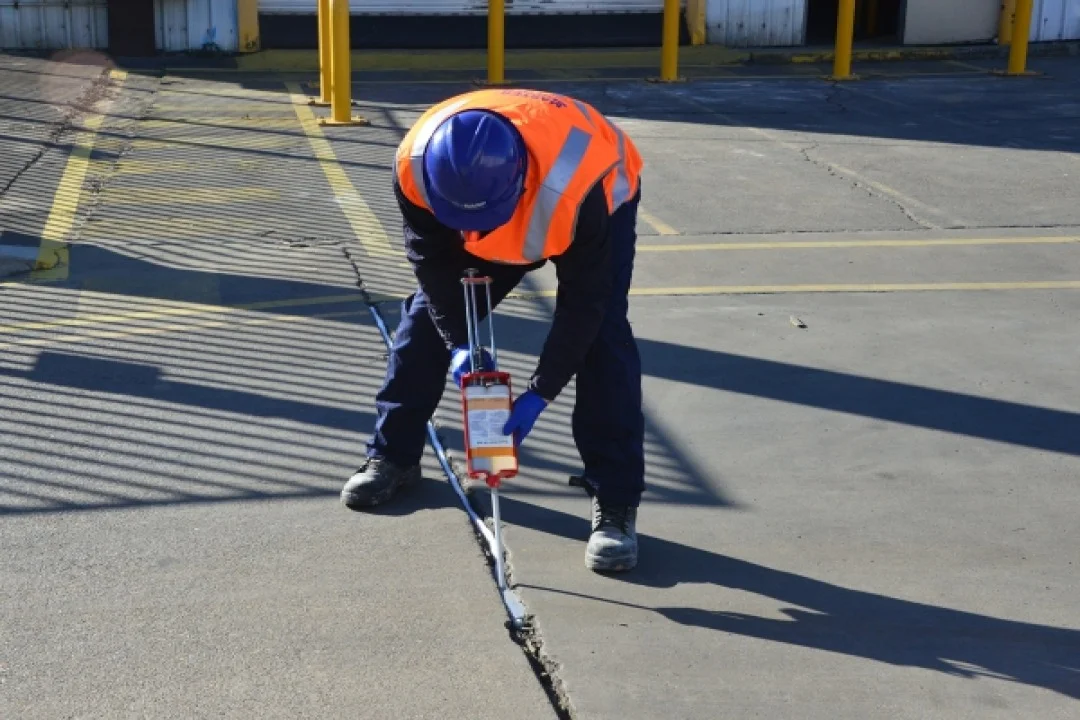6 types of cracks in concrete and their meaning
How to prevent, detect and repair cracks
¡Escucha la noticia ahora!
Like all other building materials, concrete expands and contracts whenever a change in temperature is felt. Therefore, it is necessary to take measures to allow space for this expansion and contraction. However, if this gap is not enough, you will definitely notice cracks in later stages, which will also affect the overall strength, integrity, and structure.
Ideally, the cracks that appear in the early stages are not severe. They do not affect the integrity of the structure or the useful life of the structure. However, this is not the case for cracks that appear later.
Freeze-thaw cycles can cause significant damage to concrete, resulting in severe deterioration of concrete structures.
Our team at Lueste will help you explore the various cracks in concrete to look out for in this blog.
Six Common Types of Cracks in Concrete
Many different factors can cause ready-mix concrete to crack; however, ideally, they occur due to poor construction or design, such as:
Inappropriate ending
- Improper soil compaction
- Improper curing of concrete
- Too much water in the concrete
- Improper bonding method and subfloor preparation
We will now discuss the most common types of cracks that can be seen.
- Expansion: Concrete tends to expand when the temperature changes, which can cause it to push through anything that gets in its way. If the two surfaces cannot flex, the force may be enough to crack the surfaces. Joints made of rubber, asphalt or wood will act as shock absorbers, helping the concrete to relieve the stress that this expansion places on the structure.
- Plastic shrinkage: This form of cracking is often caused by high evaporation rates, which cause the concrete structure to dry out before it sets. Although these cracks are unsightly, they rarely affect the durability or strength of concrete pavers and floors.
- Bulging: Ground heaving is usually caused by frozen ground, raising the concrete several inches before it settles and thaws. The freeze thaw cycle is a key factor in crack formation. You need to make sure your slab moves freely with the ground, otherwise cracks may develop.
- Settlement: Settlement of the concrete floor can cause it to crack. This usually occurs when a void is created between the soil and the concrete surface.
- Fine cracks: The main cause of crack cracks in concrete structures is plastic shrinkage. Constant changes in structure temperature, air temperature, wind speed, and relative humidity can ultimately lead to high evaporation rates. The rapid depletion of moisture from fresh concrete slabs in their plastic state can lead to cracking.
- Structural Issues: You may notice some cracking due to swollen floors, overloading, poor floor support, or construction. Ideally, most structural damage will require carbon fiber strips to aid the damaged area.
How can these cracks be repaired?
The first step in repairing cracks in concrete is to remove any loose, unstable, or chipped concrete from the area. Usually a hammer and chisel is required to remove the excess. You may also need to widen the cracks in some areas.
You will need to properly clean the entire area with a hose or pressure washer, keeping it clean and helping to create good contact between the repair material and the concrete.
A trowel is used to apply pressure when filling voids not controlled. It will also help you push out any voids and smooth the surface of the repaired area.
If you want to know more in detail about how to repair screams, you can consult How do you repair hairline cracks in concrete slabs?
The importance of reinforcement.
Although cracks in concrete cannot be prevented, they can be greatly reduced by taking all the necessary precautions. Reinforcement placement is an essential step if you want to ensure that the concrete structure remains intact.
A common but crucial issue to consider
When the stress in concrete exceeds its full strength, many cracks tend to appear in concrete structures. The damage is usually caused by shrinkage of the framework as it dries or hardens.
We recommend that you repair all cracks as soon as possible to help preserve the integrity and longevity of the structure. The reasons behind these repairs are to increase durability, reduce permeability, and help ensure design integrity.
A local Lueste professional can help meet your needs. Contact a professional now!
Our company has been providing services in Mexico City. Do you want to get in touch? Call our team at +52 (55) 5598-9348 or click here to complete our online form. Our trained concrete experts can help you get the perfect ready-mix concrete for any commercial or residential project. You can also request a quote.
.
Concreto y Materiales de Construcción





